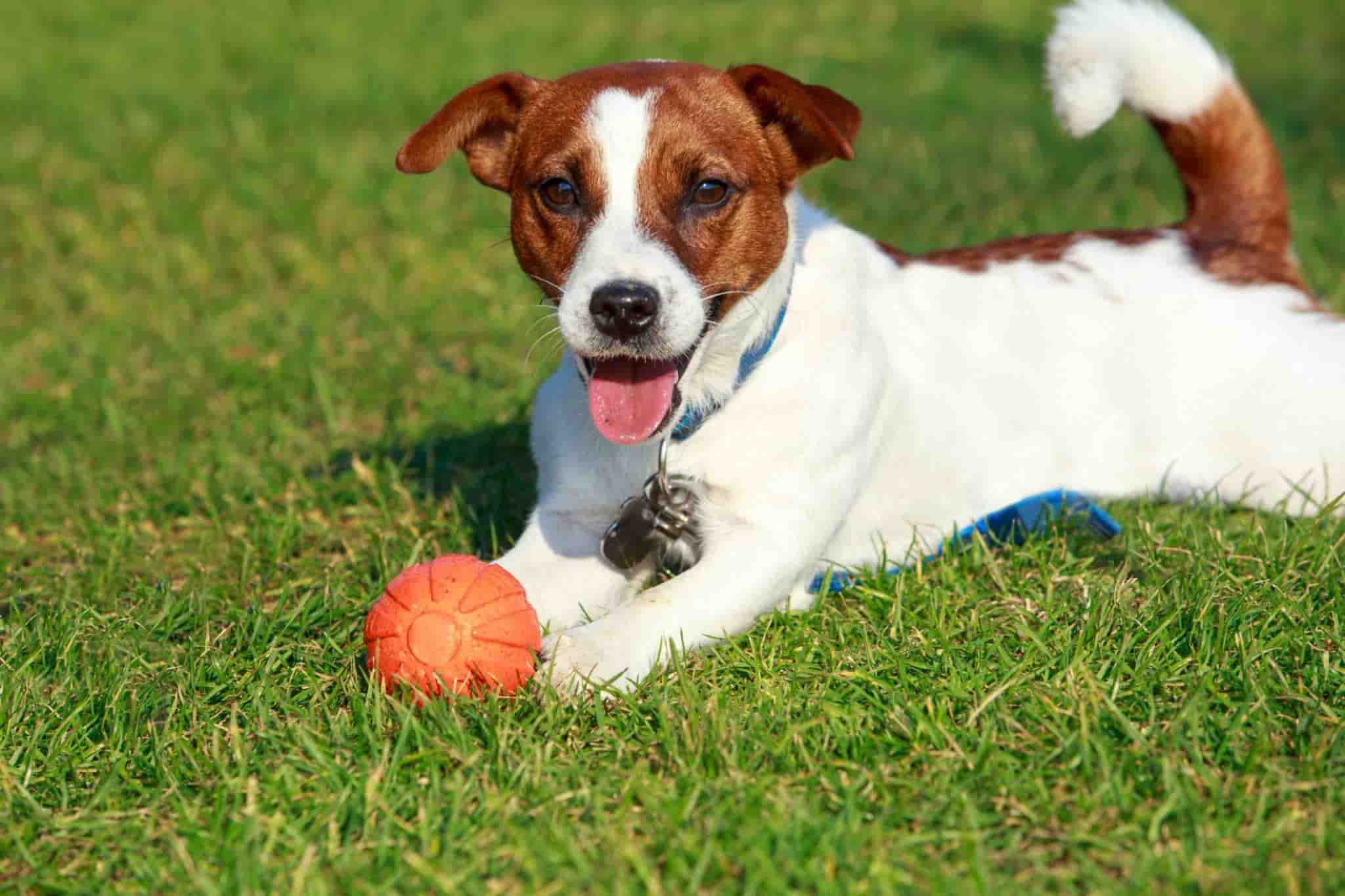Professional Tips and Tricks to Teach Your Dog to Put His Toys Away Ensure all your dog’s toys have designated storage areas. Start by rewarding your dog with treats when returning toys to their proper place. Use verbal and hand cues to teach your dog the “put away” command. Reward your pup with treats and praise every time he puts a toy away. Be consistent, patient and reward all progress. Eventually, phase out treats and rely on verbal praise. Over time your dog will learn putting toys away leads to positive interactions and routine.
Importance of teaching this skill to dogs
Teaching your dog to put his toys away has numerous benefits. Firstly, it helps maintain a clean and organized living space, reducing the chances of you tripping over scattered toys. Secondly, it promotes mental stimulation and problem-solving skills in your dog. By engaging in this activity, your furry friend will learn to associate positive experiences with tidying up, leading to a happier and more well-rounded pet.
A step-by-step guide to teaching your dog to put toys away
Ensure all your dog’s toys have designated storage areas: Set up specific spots where your dog’s toys should be placed after playtime. This will help your dog understand where to return the toys.
Start by rewarding your dog: Whenever your dog brings a toy back to its designated spot, immediately reward him with a treat and verbal praise. This positive reinforcement will encourage him to continue the behavior.
Use verbal and hand cues: Introduce a command like “put away” or “tidy up” while pointing to the designated storage area. Repeat this command consistently every time your dog brings a toy back.
Reward your pup: Whenever your dog successfully puts a toy away, reward him with treats and praise. This will reinforce the desired behavior and encourage him to repeat it.
Be consistent and patient: Teaching your dog this skill may take time, so be patient. Consistency is key, so make sure you follow the same routine and cues during each training session.
Phase-out treats: Once your dog becomes proficient in putting toys away, gradually reduce the frequency of treats and rely more on verbal praise. This will help your dog understand that the act of tidying up itself is rewarding.
Tools and techniques for effective training
Use a designated toy bin or basket: Having a specific storage area will help your dog understand where the toys belong.
Use treat rewards: Treats are a powerful motivator for dogs. Use them during training sessions to reinforce the desired behavior.
Use clicker training: Clicker training can be an effective way to associate the “put away” command with positive reinforcement.
Utilize verbal and hand cues: Consistent use of verbal and hand cues will help your dog understand what is expected of him.
Common challenges and how to overcome them
Lack of interest: If your dog shows little interest in putting toys away, try using higher-value treats or toys as rewards to make the activity more enticing.
Distractions: If your dog gets easily distracted during training, start in a quiet and familiar area. Gradually introduce distractions once he has mastered the basic behavior.
Slow progress: If your dog is progressing slowly, break down the training into smaller steps and gradually increase the difficulty. Celebrate each small success to keep your dog motivated.
Tips for reinforcing the behavior and maintaining consistency
Schedule regular training sessions: Consistency is key, so set aside dedicated time for training sessions. Short, frequent sessions are more effective than long, sporadic ones.
Use positive reinforcement: Continue to reward your dog with verbal praise and occasional treats when he successfully puts toys away.
Make it a part of the routine: Encourage your dog to put toys away after every play session. This will solidify the behavior as a routine task.
Involve the whole family: Teach everyone in your household the commands and routines, so that your dog receives consistent cues from everyone.
What are the benefits of teaching my dog to put toys away?
Teaching your dog as he gets older promotes organization and mental stimulation.
What training methods can I use to teach my dog to put toys away?
Positive reinforcement and clicker training are effective methods to teach your dog to put toys away.
What if my dog doesn’t seem interested in putting toys away?
If your dog doesn’t seem interested in putting toys away, try using higher-value treats, breaking down the task into smaller steps, and being patient with the training process.
What should I do if my dog starts to chew on or destroy the toys while putting them away?
If your dog starts to chew on or destroy the toys while putting them away, immediately redirect them to an appropriate chewing toy and reinforce the “drop it” command to prevent further destruction.
What are some tips for teaching my dog to put toys away?
Use positive reinforcement, break the task into smaller steps, be patient and consistent, and make the training sessions fun and rewarding to teach your dog to put toys away.
Conclusion
Training your dog to put toys away is an achievable and worthwhile endeavor. It not only enhances your dog’s obedience and discipline but also contributes to a more organized and harmonious household. By following the step-by-step guide provided in this essay, you can establish a strong foundation, make training enjoyable, and gradually teach your dog to put toys away independently. With patience, consistency, and positive reinforcement, you and your furry friend can enjoy the benefits of a well-trained dog who actively participates in maintaining a tidy living space.
